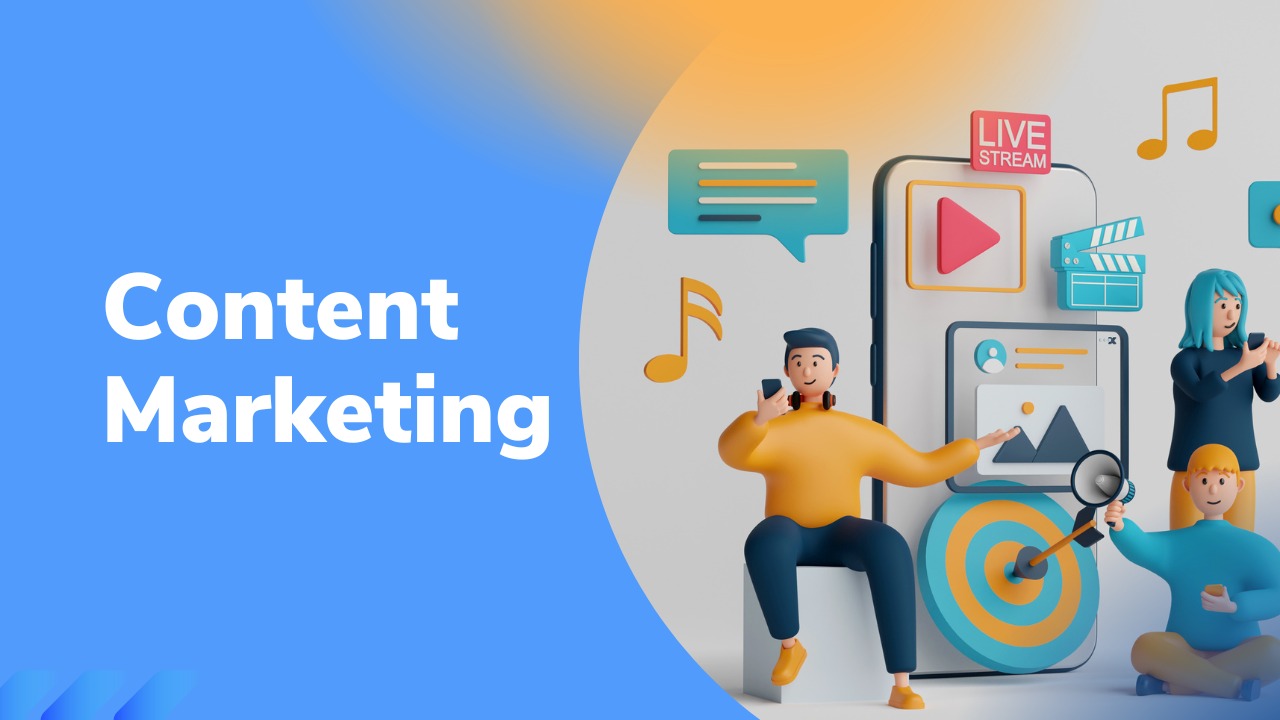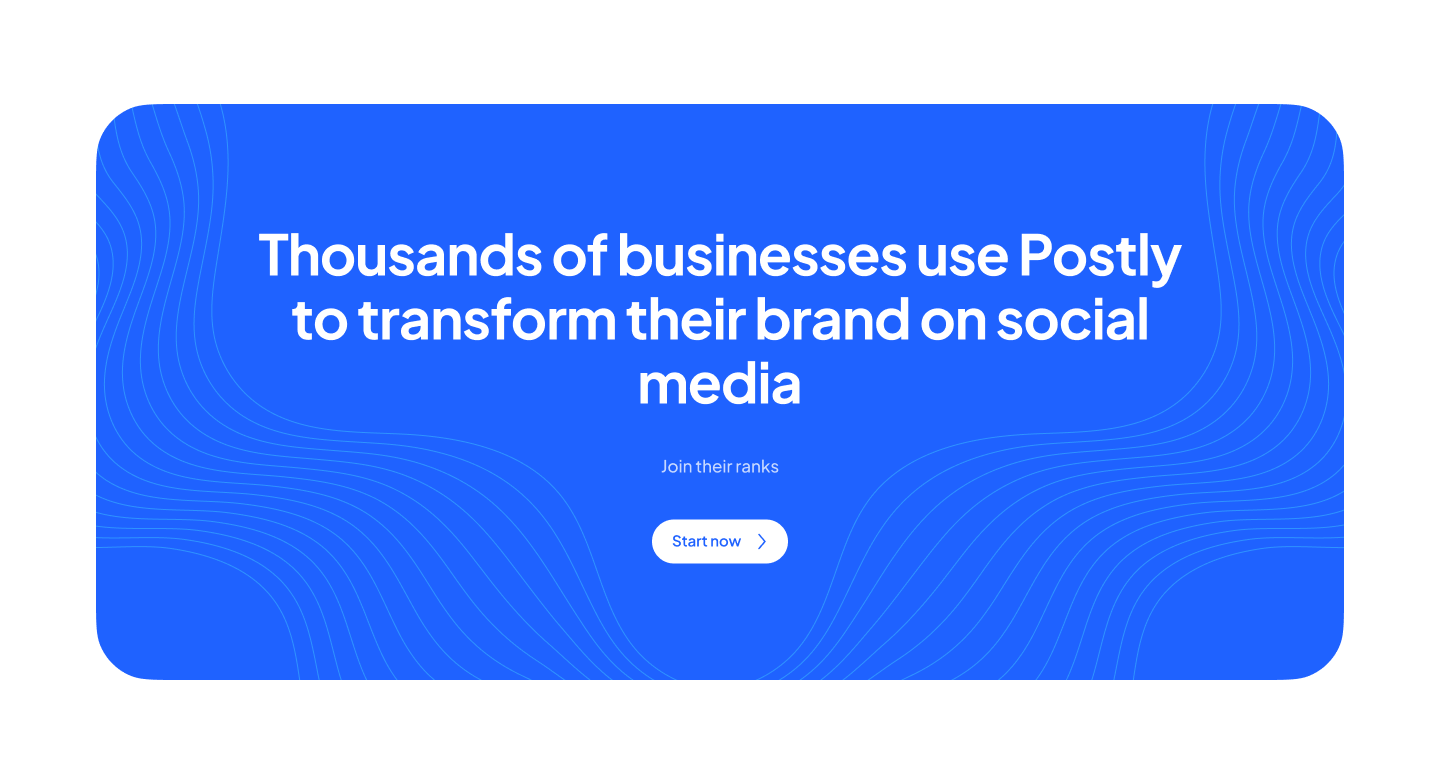Unlocking Success: The Power of Audience Segmentation in Marketing

Introduction
In today's competitive digital landscape, understanding and effectively reaching your target audience is the key to successful marketing. One strategy that has gained immense importance is audience segmentation. This process involves dividing your audience into distinct groups based on demographics, psychographics, and behaviors. In this article, we'll explore the value of audience segmentation and how it can revolutionize your marketing efforts.
The Basics of Audience Segmentation
Audience segmentation is the practice of dividing your target audience into smaller, more manageable groups based on specific characteristics. These characteristics can include demographics (age, gender, location), psychographics (lifestyle, values, interests), and behaviors (purchase history, website interactions).
Why is Audience Segmentation Important?
- Personalization:
Segmenting your audience allows you to create tailored content and marketing campaigns. By understanding the unique needs and preferences of each segment, you can personalize your messaging, leading to higher engagement and conversion rates.
- Relevance:
One-size-fits-all marketing doesn't work in today's world. With audience segmentation, you can ensure that your content is relevant to each group, increasing the chances of capturing their attention and resonating with them.
- Improved ROI:
Targeted marketing efforts save resources and budget. By concentrating your resources on the segments most likely to convert, you can achieve a higher return on investment (ROI).
- Enhanced Customer Retention:
Segmentation helps in understanding what keeps your customers engaged and satisfied. You can then focus on strategies to enhance customer loyalty, ultimately leading to improved retention rates.
- Better Product Development:
Knowing your audience segments well can guide product development. You can create products and services that cater to the specific needs of different customer groups.
Competitive Advantage:
Effective audience segmentation provides a competitive edge. By understanding your audience more deeply than your competitors, you can offer more targeted and appealing solutions.
Types of Audience Segmentation
- Demographic Segmentation:
This is based on quantifiable data like age, gender, income, education, and location. For example, a business selling luxury watches might target a high-income demographic.
- Psychographic Segmentation:
This focuses on attitudes, lifestyles, and values. It's about understanding the psychological characteristics of your audience. A gym, for instance, might segment its audience based on fitness enthusiasts' psychographics.
- Behavioral Segmentation:
This involves categorizing your audience by their behaviors. This can include purchase history, website interactions, and response to marketing materials. An e-commerce company might target past purchasers differently than first-time visitors.
Steps to Effective Audience Segmentation
- Collect Data:
Start by gathering data about your audience. This can be obtained through surveys, social media analytics, website analytics, and customer databases.
- Identify Common Characteristics:
Analyze the data to identify patterns and common characteristics within your audience. This is where you'll find the basis for your segments.
- Create Detailed Personas:
Develop detailed buyer personas for each segment. A persona should include a name, a photo, demographics, psychographics, and behaviors.
- Craft Tailored Content:
Create content and marketing materials that cater to the specific needs and interests of each segment. Ensure your messaging aligns with the persona's characteristics.
- Implement and Test:
Put your segmented marketing strategies into action. Monitor and measure the performance of each segment's campaigns and make adjustments as necessary.
Success Stories: Brands Embracing Audience Segmentation
- Netflix:
Netflix excels at audience segmentation. Their recommendation engine analyzes user behavior to offer personalized movie and show suggestions.
- Coca-Cola:
Coca-Cola launched its "Share a Coke" campaign with different names on each bottle, effectively reaching the psychographic segment of individuals who value personalization and self-expression.
- Amazon:
Amazon uses a combination of demographics, behaviors, and browsing history to provide personalized shopping experiences and product recommendations.
Conclusion
Audience segmentation is no longer an optional strategy; it's a necessity in the modern marketing landscape. By dividing your audience into distinct groups based on demographics, psychographics, and behaviors, you can create highly personalized and relevant marketing campaigns. This approach not only enhances customer engagement but also leads to improved ROI and long-term customer loyalty. The data-driven insights gained from audience segmentation can be a game-changer, providing a competitive advantage and propelling your business to new heights in the digital age.

